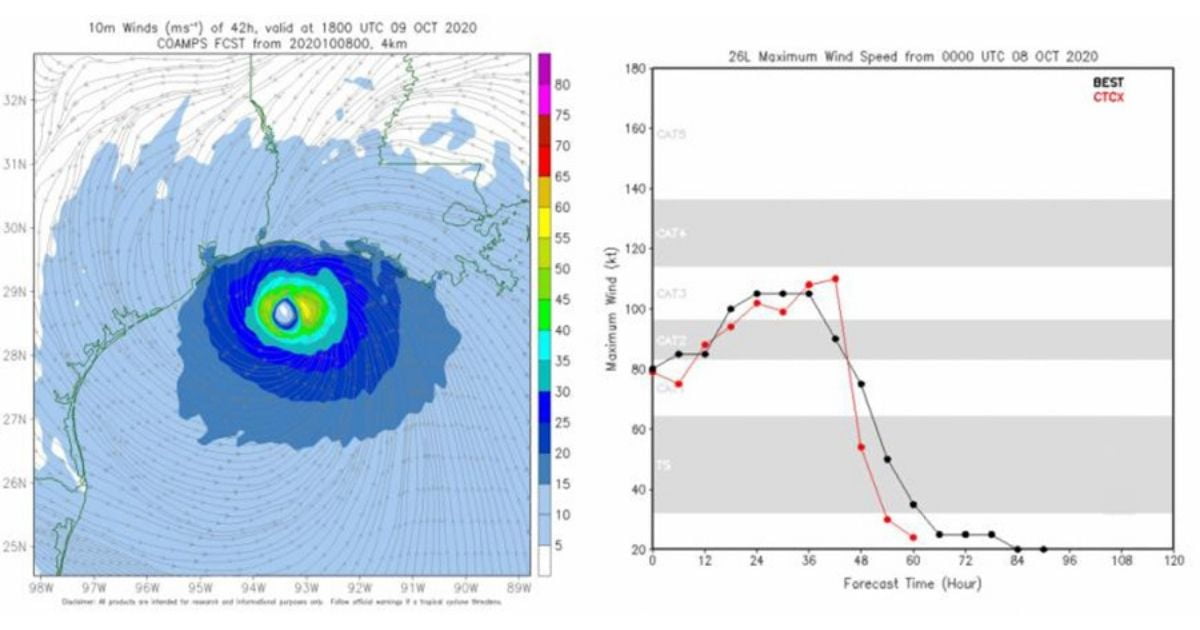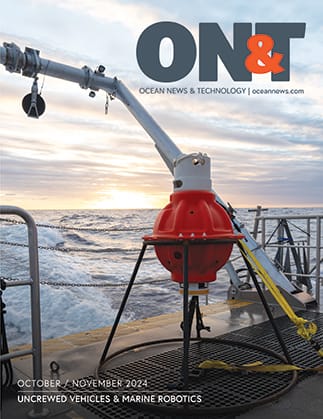The U.S. Naval Research Laboratory’s Coupled Ocean/Atmosphere Mesoscale Prediction System for Tropical Cyclones (COAMPS-TC) model was named the world’s most accurate in predicting hurricane strengths during the 2019 Atlantic hurricane season by Jeff Masters, Ph.D.in Yale’s August 2020 Climate Connections.
“The group of scientists we have work very hard and are committed to developing and improving the Navy’s tropical cyclone models to provide as accurate forecasts as possible,” said James Doyle, senior scientist at the NRL Marine Meteorology Division (MMD). “The COAMPS-TC model is used widely by civilian and DOD forecasters to provide guidance aimed at protecting life, property, and for the DOD to carry out its mission safely.”
COAMPS-TC is operated by the Fleet Numerical Meteorology and Oceanography Center and its development has been supported by NRL and the Office of Naval Research. These three Navy organizations work closely on a new initiative aimed at closing the gaps in our understanding of hurricanes and tropical cyclones.
“Numerical and weather prediction models are constrained by their weakest link,” Doyle said. “We are constantly working to make sure all aspects of the COAMPS-TC system are integrated together and operating as well as possible.”
The NRL team provides yearly improvements to the COAMPS-TC system which stimulates new research topics related to hurricanes and tropical cyclones that are still not well understood and need to be addressed to improve the model.
The 2019 hurricane season model was improved through careful analysis of the previous three seasons. NRL reran the model through experiments to methodically test and ensure any change made for the 2019 season improved the model. Scientists picked from a vast sample of storms from around the world including ones on which the model performed poorly.
“We test across many different cases and really try to understand and address the model’s weaknesses,” Doyle said. “But equally important is our team’s commitment to methodical, systemic evaluation that lead to improvements we’ve made to the system through the years that has really paid off.”
By Cassandra Eichner, U.S. Naval Research Laboratory, Corporate Communications

